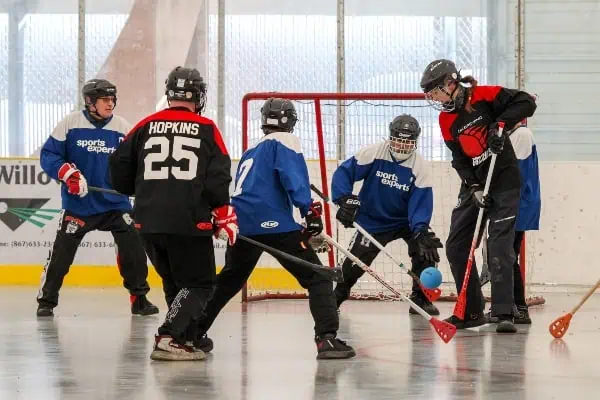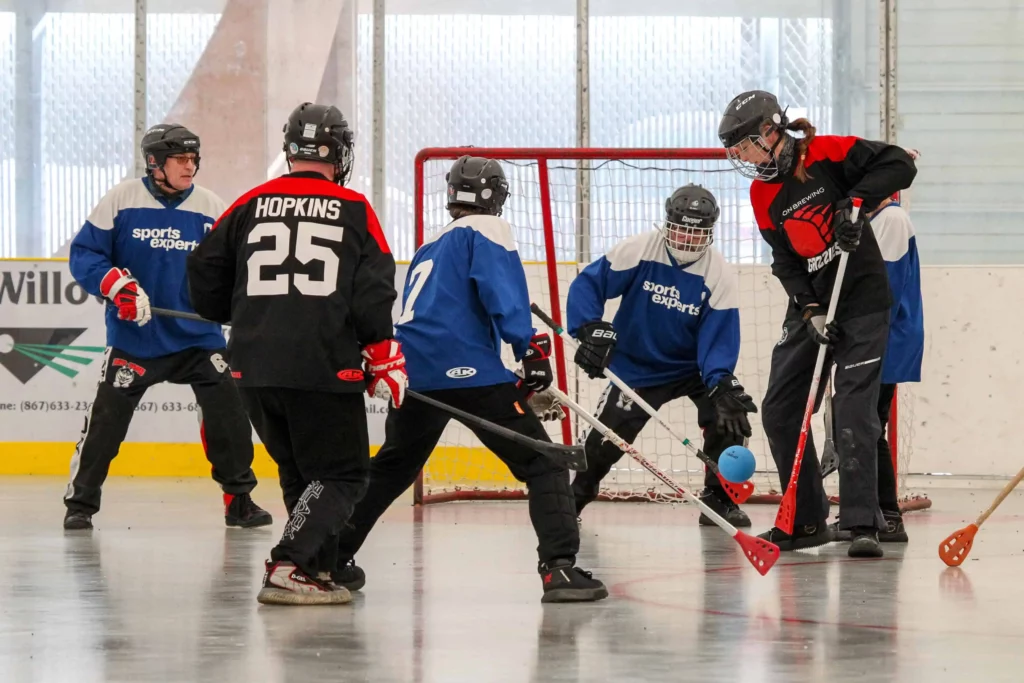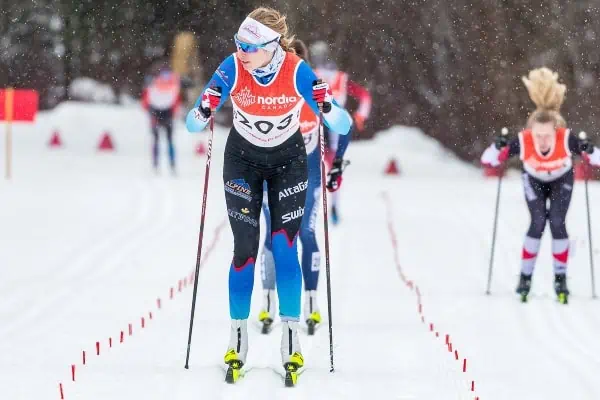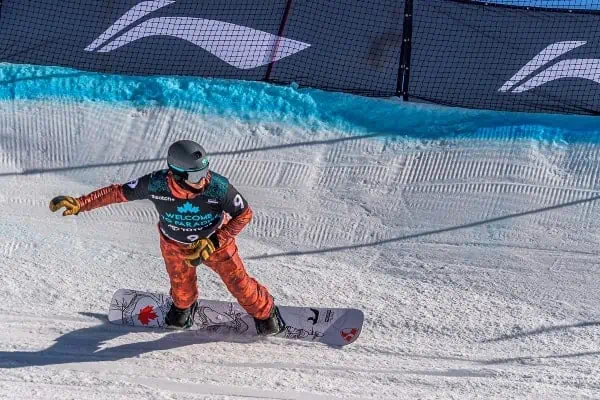Can’t afford to fly to London for the Olympics this summer? Not to worry, a world-class level of sporting competition is arriving on our doorstep this week.
The Arctic Winter Games (AWG) will play host to several events that are not commonly seen in these parts – the Dene Games and Arctic Sports.
Unlike most of the sports showcased during the games, the Artic Sports and Dene Games are open to adult participation and will showcase the world’s top competitors in these fields.
“The Arctic Winter Games are like our Olympics,” explains Johnny Issaluk, a former AWG champion in Arctic Sports and recent recipient of the Queen’s Diamond Jubilee medal from Igluligaarjuk(Chesterfield Inlet), Nunavut.
“We love sharing our traditional games with the broader community,” explains Issaluk.
“We love to watch the reactions of a first-time audience. The looks on their faces when they realize just how intense the sports are is fantastic.”
Issaluk isn’t kidding when he describes the sports as intense – the events are often gruelling and painful, and require huge amounts of skill and concentration to succeed.
For spectators new to these events, here is a sampling of what to expect if you spend time at Vanier Catholic Secondary School (the venue for Arctic Games) and the new Kwanlin Dun Cultural Centre (the venue for Dene Games).
ARCTIC SPORTS
One-Foot High Kick: Considered to be among the most difficult of the Inuit traditional games, the One-Foot High Kick involves participants kicking a target made from sealskin suspended from a pre-determined height.
The athlete has three minutes to take a running approach, jump off of two feet, and attempt to kick the target, then land on one foot – the same foot they kicked the target with.
Two-Foot High Kick: Similar in style to the One-Foot High Kick, except that athletes must kick the target with two feet and land on both feet.
The sport originates from whale hunting practices. When a hunt was successful a messenger would run to within eyeshot of the village and kick both feet in the air to warn the village to prepare to harvest the whale.
The world records in this event are an amazing 8′ 8″ for men and 6′ 6″ for women.
Alaskan High Kick: The athlete must support themselves by keeping one hand on the ground while the other is holding their opposite foot, using their remaining foot to kick a target suspended target overhead. They cannot let go of their foot throughout their attempt and they must land with their kicking foot.
One-Hand Reach: This one would put many yoga practioners to shame. The event requires extreme levels of concentration and focus.
Balancing on one hand, this single point, the athlete will carefully reach upwards toward a suspended target. After touching the target, the reaching hand must come back down to the ground in a smooth and controlled fashion, so that the athlete is now supported by two hands.
Airplane: If you ever pretended to be an airplane flying around your front lawn as a child you have some sense of how this event works. The athlete lies face down on the floor with arms extended at 90 degrees from the body.
Carriers then pick the athlete up at the wrists and ankles and move through a course while the athlete remains perfectly rigid and straight. It’s a whole lot tougher than when you were a kid.
Knuckle Hop: Also known as the pain game, this traditional Inuit sport tests the athlete’s capacity to endure pain.
Athletes position themselves in push-up position with their hands clenched in fists. They then hop around the room in this position, supporting themselves just on their knuckles and toes.
The winner travels the farthest distance, and often needs the most first aid at the finish.
DENE GAMES
Pole Push: Think of this as an inverted tug-of-war. Teams square off on opposite ends of a pole, which they then push in an attempt to cause their opponents to step out of the ring.
Dene Hand Games: These are mind games at their finest with the objective being to deceive your opponents. Kind of like a complicated “Button, button, who’s got the button?”
Two teams of four take turns hiding tokens in their hands with the objective of making the opposition incorrectly guess the location of the tokens.
Warning: provokes lots of laughter in spectators.
Amber Church is a painter, writer and sports enthusiast. You can reach her at [email protected].




